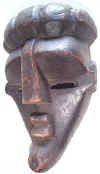 |
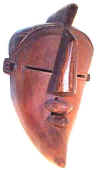 |
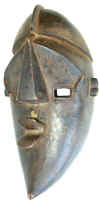 |
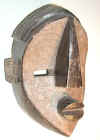 |
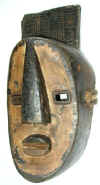 |
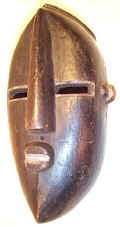 |
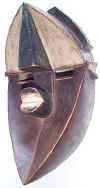 |
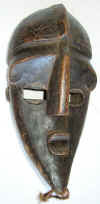 |
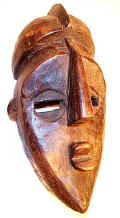 |
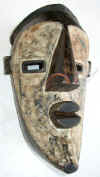 |
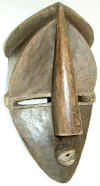 |
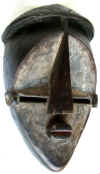 |
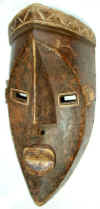 |
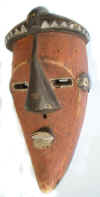 |
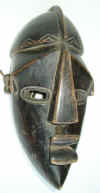 |
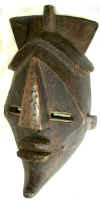 |
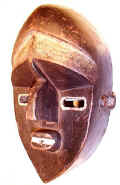 |
TRIBAL AFRICAN ART
LWALWA (BALUALUA, BALWALWA, LWALU)
Democratic Republic of the Congo and Angola
Lwalwa
people are related to Lulua. Inhabiting the
triangle formed by the Kasai River and its tributary, the Lweta, in the southwest of the
former Kasai province, 20,000 Lwalwa live in DRC, but many more are in Angola. Their
social and political organization is rudimentary. Each Lwalwa village is headed by
a male or female chief, whose power is held in check by a powerful society, the bangongo.
The Lwalwa believe in a supreme being, but they worship only the spirits of the
hunt and nature. The
land where the Lwalwa live is rich and fertile, lending itself well to the agricultural
economy of the people. The women are almost wholly responsible for all that goes into the
growing of crops, both for local consumption and for trade. The men do, however, lend a
hand during the busy harvest time, so that they can evaluate their household intake for
the season. Although hunting by the men provides some occasional supplementary protein,
the women provide the majority of the nutritious intake. The hunt, sometimes individual
and sometimes communal, still plays an important social role among the Lwalwa.
The
sculptor enjoyed a privileged status and was paid handsomely; his profession was
hereditary and often, due to his riches, he was made village chief in charge of the masked
dances. Lwalwa carvers are famous for their masks. The masks typically display a
balanced composition, an enlarged angular nose, a protruding mouth and slanted eyes set
under a deeply formed forehead. These sharply delineated features give Lwalwa art
almost geometric appearance. The masks may be divided into four types: the nkaki,
or man’s mask, with a nose sculpted into a wide triangular panel that sometimes
extends up to the forehead; the shifoola, a mask with a short, hooked nose; the mvondo,
the nose of which is reminiscent of the nkaki’s, but smaller; and finally the mushika
or kashika, which represents a woman and which has a frontal crest. The shapes of
the nose are modeled after different birds. The lips are narrow but protruding and thick;
the eyes have openings in horizontal slits. On the temples they have a protuberance that
represents tattooing. The masks had an important function in the bangongo dance of
the hunting ritual. When hunters returned empty-handed, the ancestors would be appeased by
organizing a dance. The masks were also used in a secret ritual of the bangongo
society, in charge of initiation and circumcision of young men. The choreography of masked
dances was highly complex and had to appease the spirits of the ancestors and compel them
to intervene. Masks still play a role today in secular festivities. Nowadays the
mask dances are performed for payment, and their magic has largely given way to
entertainment.
The statuary limited to rather crude figurines whose features are copied from masks, played a definite role in the fertility ritual and also in the cult devoted to the spirits.